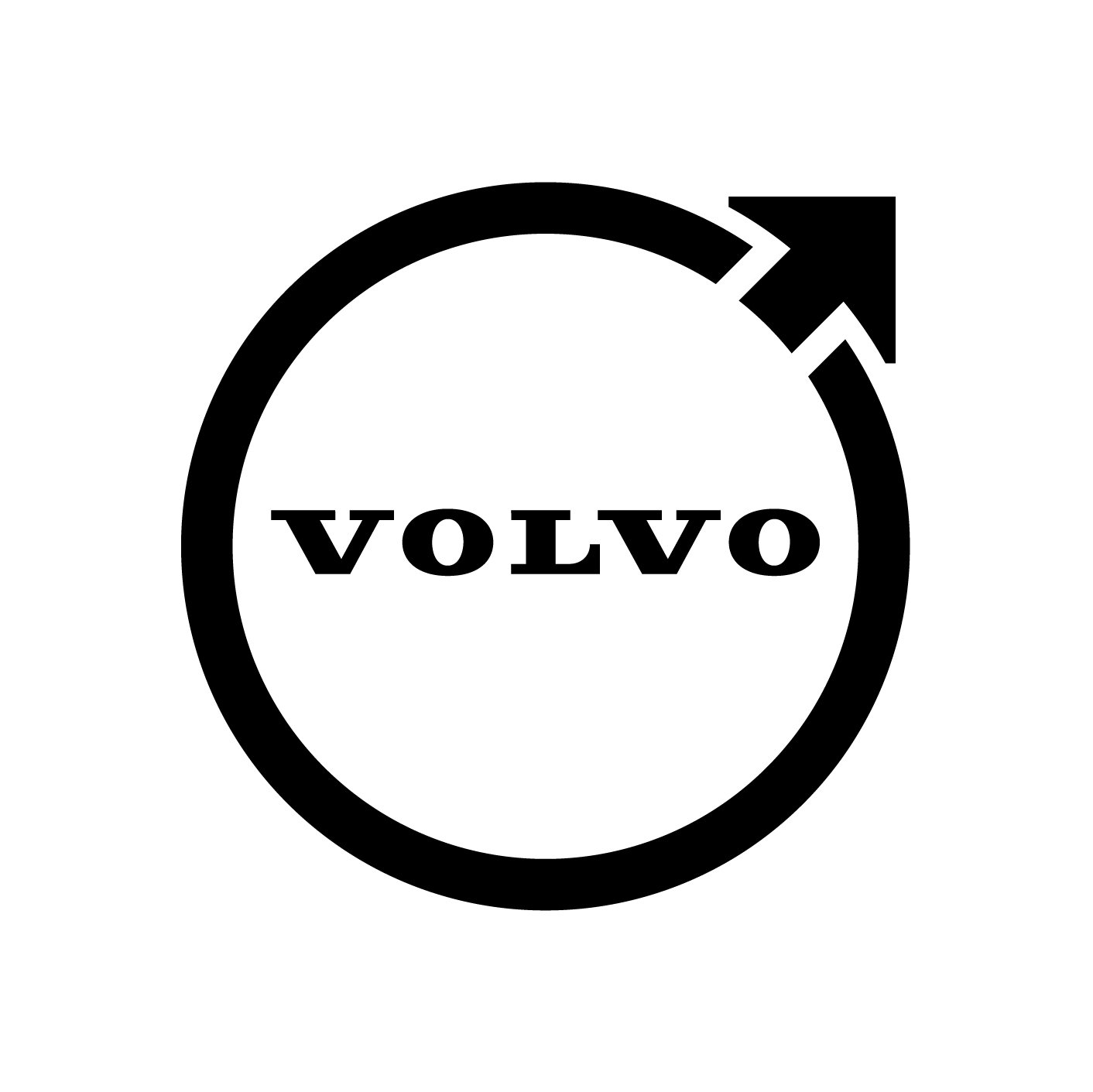What To Look For To Determine If You're Ready For Van Ignition Repair

Comprehensive Guide to Van Ignition Repair
The ignition system of a van plays an important role in its operation, affecting whatever from beginning the engine to making sure effective fuel intake. Nevertheless, it can experience problems over time due to wear and tear or other external aspects. Understanding the parts of a van's ignition system, recognizing signs of failure, and understanding how to repair it can conserve lorry owners time and money.
Comprehending the Ignition System
The ignition system is essential for beginning the engine and is made up of numerous key components. Below is a breakdown of these elements:
| Component | Function |
|---|---|
| Ignition Switch | Activates the electrical system and permits the engine to begin. |
| Ignition Coil | Converts the battery's low voltage into high voltage. |
| Stimulate Plug | Ignites the air-fuel mix in the cylinders. |
| Distributor | Distributes electrical current to the right stimulate plug. |
| Ignition Timing | Controls the timing of the spark for optimal engine performance. |
Indications of Ignition Problems
Van owners ought to know the indications that suggest an ignition system failure. Recognizing these early can avoid more severe concerns. Some common signs consist of:
- Difficulty Starting: The van may crank gradually or not at all.
- Engine Misfiring: A rough running engine may signify problems with spark plugs or coils.
- Poor Fuel Economy: Ignition concerns can cause inefficient fuel usage.
- Stalling: The engine may stop suddenly while driving.
- Caution Lights: The check engine light might illuminate, indicating a fault.
Fixing the Ignition System
When faced with ignition problems, van owners can follow an organized technique to diagnose the issue:
Check the Battery:
- Ensure the battery is fully charged and the connections are tight.
- Use a multimeter to examine for the correct voltage.
Check the Ignition Switch:
- Turn the key to the "on" position and validate that the dashboard lights illuminate.
- Evaluate the ignition switch for connection with a multimeter.
Analyze the Ignition Coil:
- Use a multimeter to inspect the resistance of the ignition coil.
- If it's outside the producer's requirements, it may require replacement.
Evaluate the Spark Plugs:
- Remove and examine for wear or carbon accumulation.
- Replace any faulty stimulate plugs.
Examine the Distributor:
- Inspect the rotor and cap for indications of wear.
- Replace parts as required to ensure correct circulation of the electrical current.
Repair Procedures
After recognizing which part is defective, the next step is to carry out the repairs. Here's a generalized treatment for fixing common ignition issues:
Repairing/Replacing Spark Plugs
- Gather Tools: You'll need a socket wrench, trigger plug socket, and a gap tool.
- Get Rid Of the Old Spark Plugs: Disconnect wires and unscrew the plugs.
- Examine Gaps: Ensure new plugs are gapped correctly according to specifications.
- Install New Plugs: Screw in and reconnect the wires.
Changing Ignition Coil
- Disconnect Battery: Always start by disconnecting the unfavorable terminal.
- Remove the Old Coil: Unbolt and separate circuitry connections.
- Set Up New Coil: Bolt the brand-new coil in location and reattach the electrical wiring.
Fixing the Ignition Switch
- Access the Ignition Switch: Remove the guiding column cover.
- Detach Wires: Make note of the circuitry before detaching.
- Replace Switch: Install a new switch, making sure all wires are correctly connected.
Cost of Ignition Repairs
The costs of ignition repairs can vary considerably based upon elements such as the vehicle make and model, labor rates in the location, and the particular components being replaced. Below is an average cost variety for common ignition repairs:
| Repair Type | Typical Cost |
|---|---|
| Stimulate Plug Replacement | ₤ 100 - ₤ 300 |
| Ignition Coil Replacement | ₤ 150 - ₤ 400 |
| Ignition Switch Replacement | ₤ 100 - ₤ 250 |
| Complete Ignition System Tune-Up | ₤ 300 - ₤ 800 |
Upkeep Tips for the Ignition System
Regular upkeep can extend the life of the ignition system. Consider the following tips:
- Regular Inspections: Schedule regular checks of the ignition parts and systems.
- Use Quality Parts: When changing elements, go with OEM or premium aftermarket parts.
- Keep the Battery Maintained: A well-kept battery guarantees ideal performance of the ignition system.
- Expect Warning Signs: Early detection of problems can avoid larger issues down the roadway.
Frequently Asked Questions (FAQs)
How frequently should I replace my trigger plugs?
Many producers recommend changing trigger plugs every 30,000 to 100,000 miles, depending upon the kind of stimulate plug and driving conditions.
Can I repair my ignition system myself?
Yes, basic repairs like replacing stimulate plugs or coils can often be performed by an experienced DIYer, provided the right tools and details are offered.
What takes place if I disregard ignition system problems?
Overlooking ignition issues can cause lowered engine performance, reduced fuel effectiveness, and potentially leaving you stranded if the van stops working to start.
Is a tune-up necessary for the ignition system?
A tune-up that includes inspecting and changing ignition parts as needed can considerably boost engine performance and durability.
Understanding van ignition repair is important for car owners to keep trustworthy engine performance. By g28carkeys with the ignition system's elements, troubleshooting typical problems, and performing basic repairs, they can save time and upkeep expenses. Following maintenance ideas and looking for professional aid when required will ensure a well-operating ignition system for years to come.

